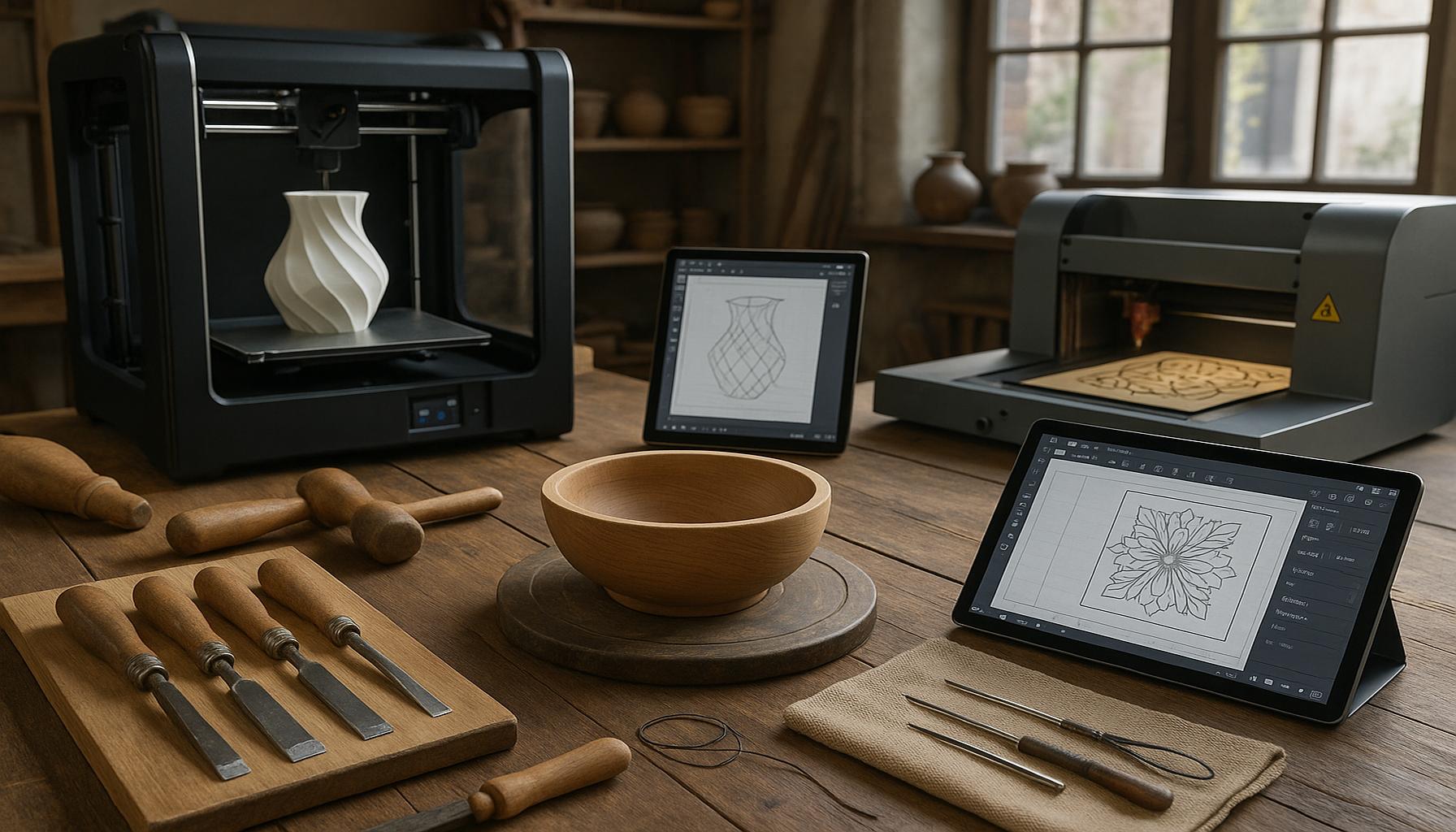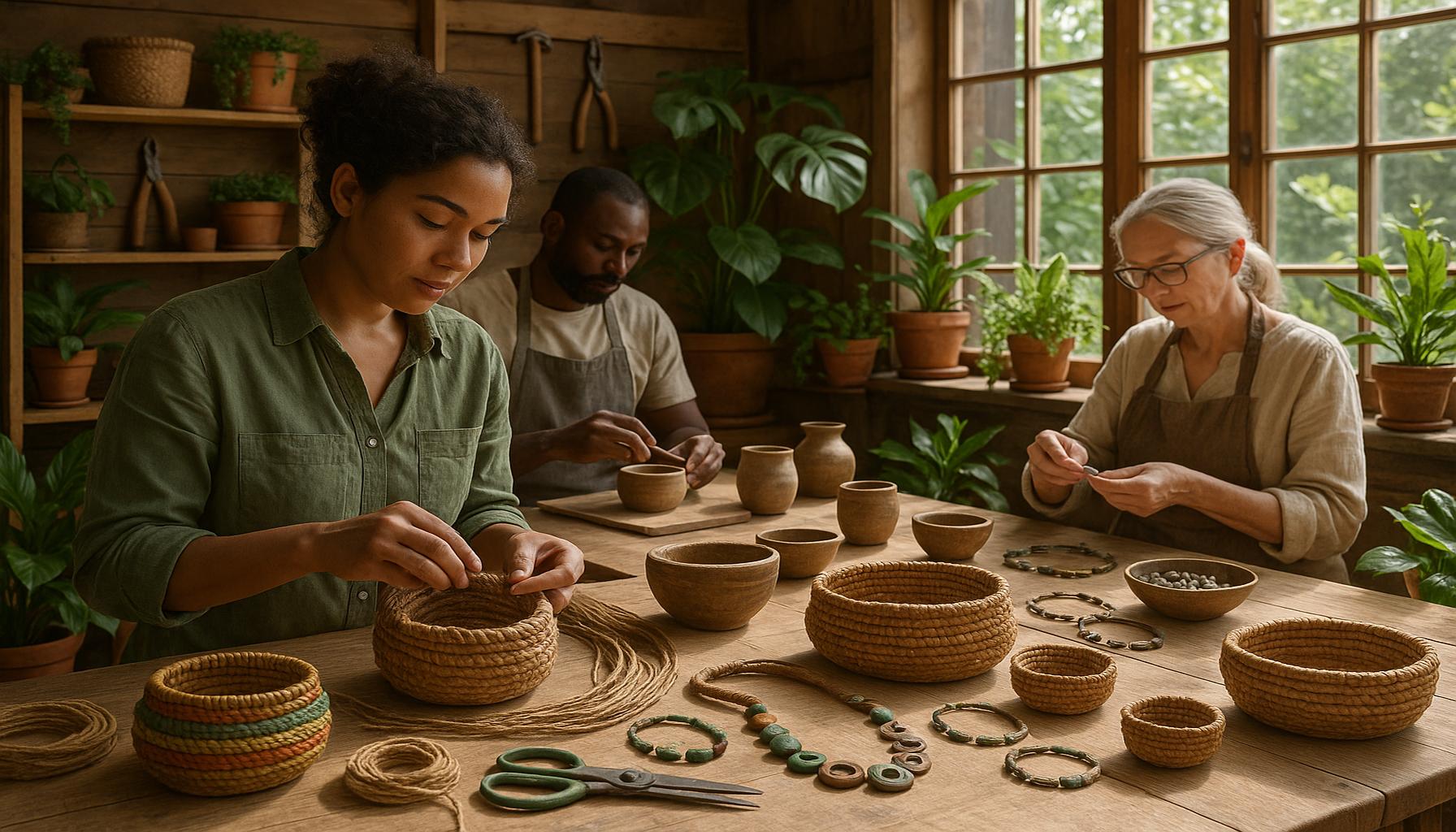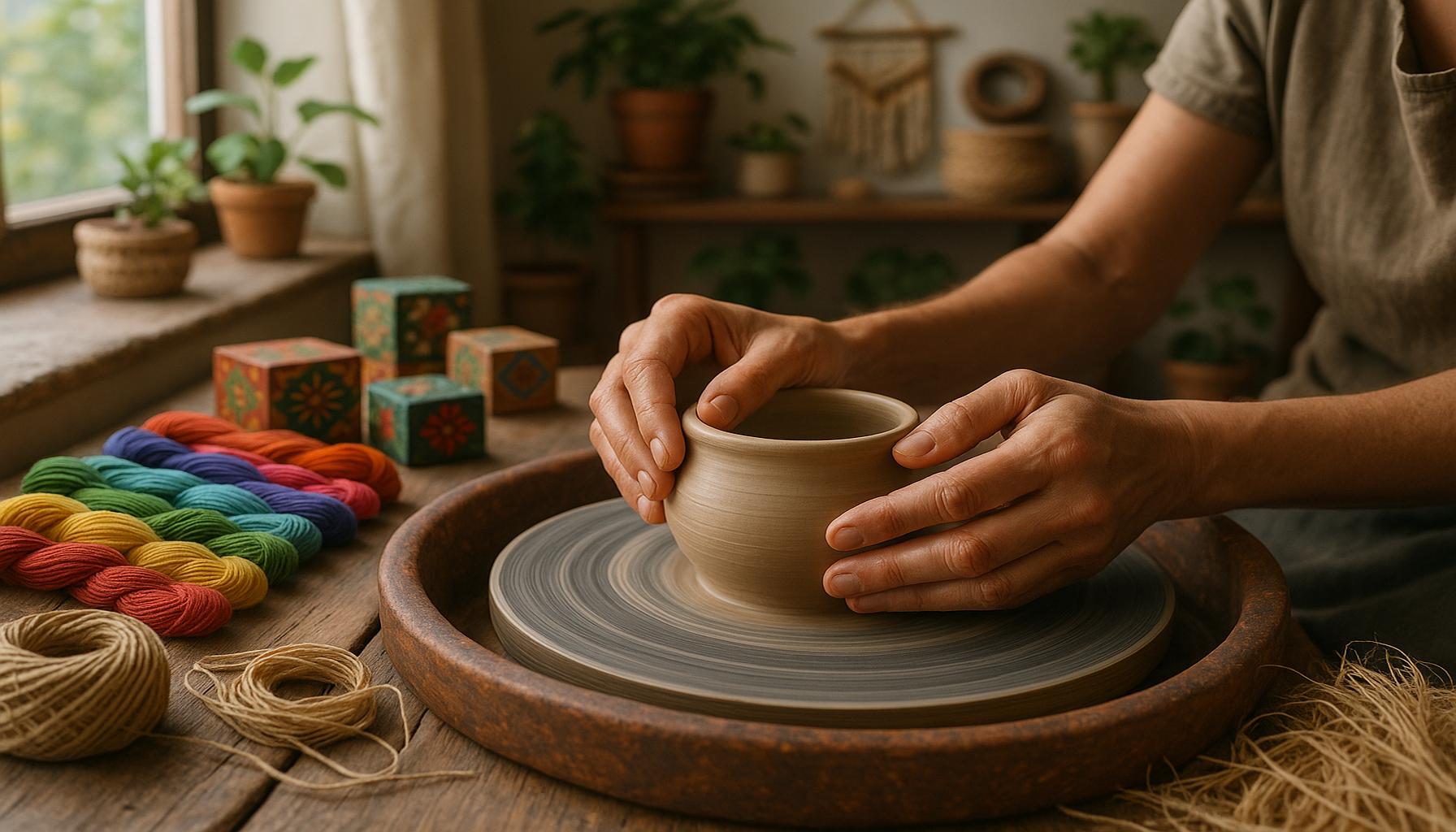Crafting Sustainably Create Art with Recycled Eco-Friendly Materials
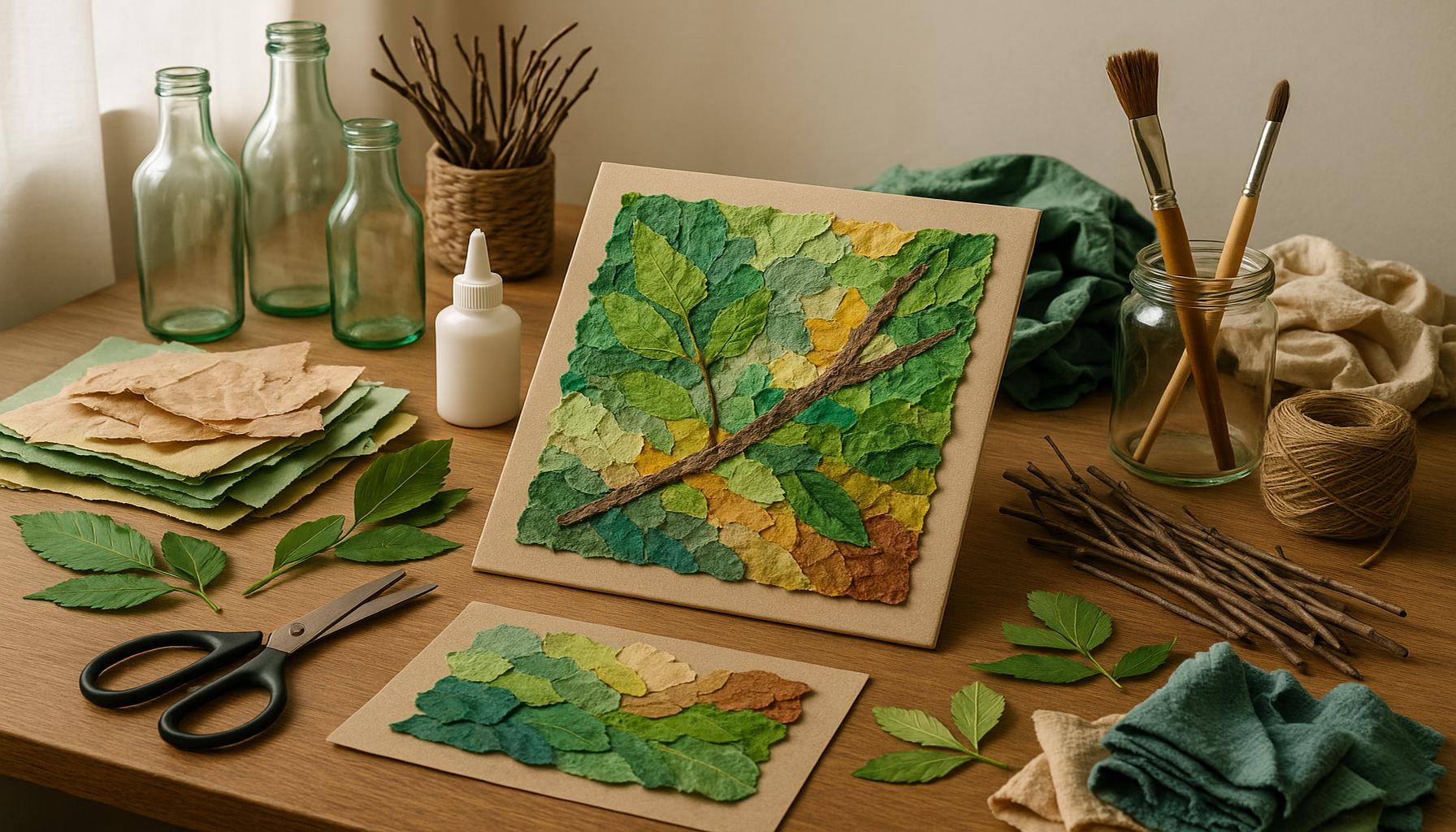
Embracing Sustainability in Creative Hobbies
As the world becomes increasingly aware of environmental issues, the concept of sustainability has permeated various aspects of our lives, including the realm of creative hobbies. Crafting sustainably not only inspires creativity but also promotes a responsible approach to consumption and waste management. By utilizing recycled and eco-friendly materials, artisans can make a positive impact while bringing their artistic visions to life.
Choosing sustainable practices in crafting offers numerous benefits:
- Reduction of waste: Reimagining discarded materials reduces landfill contributions.
- Environmental awareness: It encourages a conscious mindset towards resources.
- Unique creations: Using unconventional materials often leads to innovative art projects.
As we delve deeper into this vibrant world of sustainable crafting, we will explore the Top 5 creative ideas that marry artistry with eco-consciousness. Get ready to be inspired by the possibility of transforming everyday waste into extraordinary works of art!
Top 5 Sustainable Crafting Ideas: Creating Art with Recycled and Eco-Friendly Materials
As awareness of environmental issues continues to grow, many crafters are seeking ways to create art that is not only beautiful but also sustainable. Using recycled and eco-friendly materials not only reduces waste but also inspires creativity. This increased demand for sustainable practices is driven by the need to combat climate change and pollution, offering a unique opportunity for artists to make a meaningful impact. Here we dive into the top five sustainable crafting ideas that elevate artistic expression while contributing to a healthier planet.
5. Upcycled Furniture
Transforming old furniture into stunning pieces is a fantastic way to combine sustainability and artistry. With some basic tools and a bit of creativity, you can turn a tired-looking chair or table into a personal masterpiece. Upcycling projects not only keep furniture out of landfills but also provide an opportunity to express individual style.
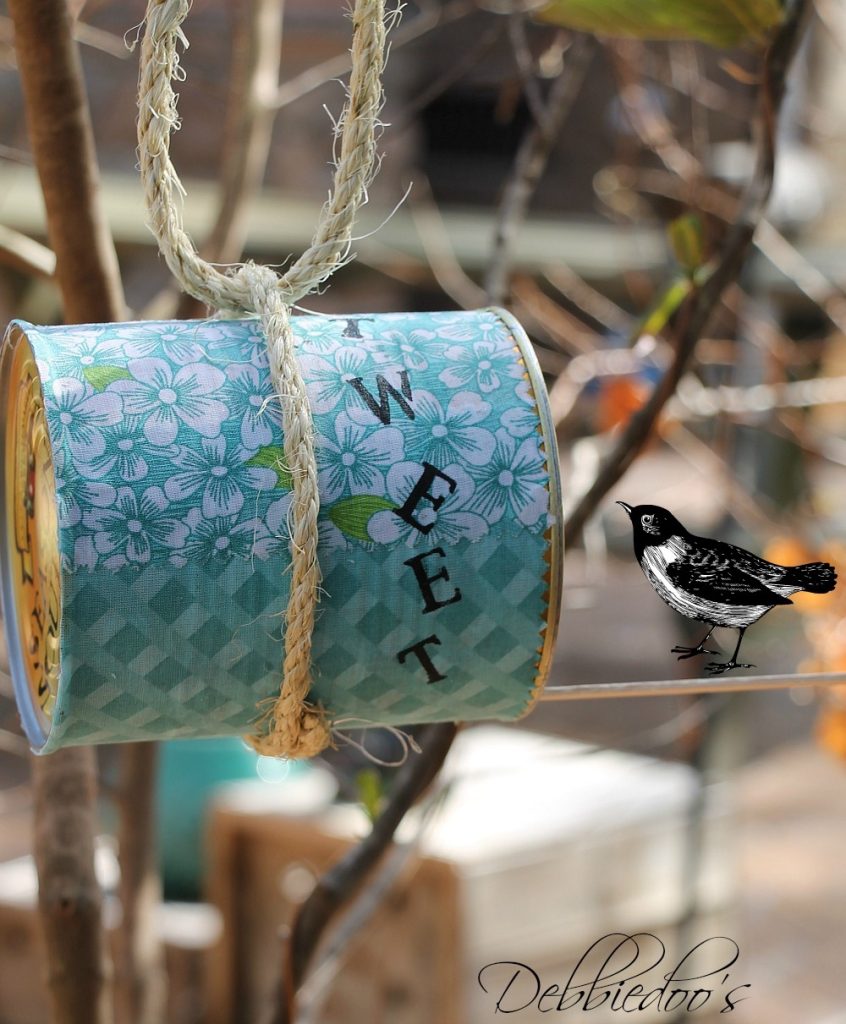
Process and Ideas:
- Painting: A fresh coat of eco-friendly paint can dramatically change the appearance of furniture. These paints are free from harmful chemicals like VOCs (Volatile Organic Compounds), ensuring a safer indoor environment.
- Reupholstering: Use organic fabrics, such as cotton or linen which are sustainably farmed, to give chairs or sofas a new look. Consider patterns that reflect current trends or even hand-dye fabrics with natural dyes for a personal touch.
- Functional Art: Combine functions by creating items like a bookshelf made from reclaimed wood. This not only showcases artistic flair but serves practical purposes, turning ordinary objects into conversation starters.
Engaging in upcycling furniture offers not only an artistic outlet but also an opportunity to understand the craftsmanship and historical value of old pieces, thereby elevating their significance in modern households.
4. Handmade Paper
Creating handmade paper from recycled materials like old newspapers or discarded printer paper is both satisfying and eco-friendly. This craft allows you to recycle unwanted materials, giving them a new life as beautiful sheets of paper suitable for craft projects, cards, or artwork.
Steps to Make Handmade Paper:
- Gather Materials: Collect used paper and any additional natural fibers you want to incorporate, such as hemp or bamboo fibers, which add strength to the paper.
- Shred and Soak: Shred the paper into small pieces and soak them in water. This process breaks down the fibers, preparing them for creation into new paper forms.
- Blend: Use a blender to create a pulp that can be pressed into sheets. The consistency of the pulp determines the texture and thickness of the final sheet.
- Dry: Spread the pulp onto a screen and allow it to dry naturally. Once dried, the paper can be pressed flat and used for various projects.
This craft is not only sustainable but also allows for customization by adding flowers, leaves, or other natural fibers to the paper, adding texture and visual appeal. Furthermore, the tactile experience of creating paper gives crafters a deeper connection to the materials and their histories.
3. Natural Dyes
Using natural dyes derived from plants, fruits, and vegetables is a sustainable way to color textiles. By avoiding synthetic dyes, crafters can create vibrant colors while reducing their environmental footprint. This method embraces nature’s palette and connects the crafting process to the environment.
Popular Sources for Natural Dyes:
- Botanicals: Indigo, turmeric, and even avocado pits can produce beautiful hues. Each plant presents a spectrum of potential colors, depending on variables like the soil it’s grown in and the method of extraction.
- Food Waste: Leftover vegetable scraps or fruit peels, such as onion skins or beet tops, can be transformed into dye. This not only reduces food waste but encourages creative experimentation.
- Mineral Dyes: Some clay and earth pigments can also be used for dyeing, offering robust and earthy tones that are incredibly durable.
Experimenting with different combinations can yield stunning and unique results, promoting a deeper understanding of natural color sources. By learning this skill, crafters can contribute to a more sustainable fashion and textile industry, often a significant polluter due to chemical dyeing processes.
2. Eco-Friendly Jewelry
Crafting jewelry from recycled materials such as old beads, broken jewelry, or even found objects exemplifies sustainable creativity. This hobby merges creativity with environmental responsibility and provides an avenue for self-expression. Eco-friendly jewelry not only reflects the wearer’s unique style but also tells a story of sustainability.
Materials to Consider:
- Recycled Metals: Use gold and silver scraps from other jewelry projects, effectively reducing the demand for new mining, which can be environmentally intrusive.
- Natural Stones: Choose ethically sourced stones to create pieces that are both beautiful and conscience-friendly. Look for certifications that ensure fair working conditions and environmental protections.
- Found Objects: Incorporate items like buttons, bottle caps, or driftwood into your designs. These elements introduce an eclectic charm, making each piece completely unique.
Each piece can convey a message and add value by being both fashionable and environmentally conscious. Wearing such pieces serves as a catalyst for discussions about sustainability and environmental stewardship.
1. DIY Home Decor with Recycled Fabrics
At the pinnacle of sustainable crafting, creating DIY home decor with recycled fabrics stands out as a top choice. This approach not only breathes new life into old textiles but also encourages creativity and resourcefulness. From quilts to wall hangings, the options are limitless.
Innovative Projects:
- Braided Rugs: Combine various fabric scraps to create cozy, colorful rugs, ideal for injecting warmth and coziness into any room.
- Patchwork Curtains: Use different fabric remnants to create stylish window treatments that also provide thermal insulation.
- Artistic Wall Hangings: Fabric pieces can be arranged into patterns or abstract designs, making bold visual statements.
Utilizing recycled fabrics in home decor not only curtails waste but also creates pieces that reflect the maker’s personality and style. Such projects allow the appreciation of textiles in novel ways and encourage sustainable living practices.
By embracing these sustainable crafting techniques, individuals can play a part in reducing environmental impact while simultaneously exploring their creative potential. These practices demonstrate that sustainability and artistry can beautifully coexist, leading us toward a more harmonious relationship with our planet. Each project is a step towards more mindful consumption and innovative repurposing, providing delight to both the creator and the community engaged. As interest in eco-friendly crafting continues to grow, these creative outlets will pave the way for further curiosity and commitment to sustainable living.
| Category | Key Features | Advantages | Disadvantages | Beneficiaries |
|---|---|---|---|---|
| Upcycled Materials | Utilizes discarded items transformed into creative art pieces. | Promotes waste reduction and creativity, inspiring new design trends. | Limited availability of materials and often requires artistic skills to create appealing products. | Artists and crafters who seek innovative ways to create art. |
| Eco-Friendly Techniques | Incorporates sustainable methods like natural dyes and biodegradable glues. | Reduces environmental impact and encourages healthier production methods. | Some techniques may be more time-consuming and require specialized knowledge. | Crafters aiming to enhance their skills in sustainability. |
| Community Workshops | Organized events focused on teaching sustainable crafting practices. | Builds local connections and promotes collective creativity while sharing knowledge. | Accessibility issues due to location and varying levels of participant skill sets. | Individuals looking to engage with others interested in sustainability. |
| Sustainable Challenges | Activities that promote the use of eco-friendly materials in crafting. | Encourages innovation and helps participants discover new crafting methods. | Challenges may not appeal to everyone, leading to participation hurdles. | Crafters seeking to test their limits and expand their creativity. |
Frequently Asked Questions on Sustainable Crafting
What materials can be used for eco-friendly crafting?
Eco-friendly crafting often utilizes a variety of materials that are either recycled or sustainably sourced. Common materials include reclaimed wood, recycled paper, fabric scraps, glass jars, and plastic containers. Incorporating natural elements like stones, leaves, or dried flowers can also enhance the aesthetic appeal while remaining environmentally conscious. Using such materials not only helps minimize waste but also inspires creativity through the transformation of discarded items.
How does sustainable crafting benefit the environment?
Sustainable crafting brings several environmental benefits. Primarily, it reduces the volume of waste that ends up in landfills by creatively reusing materials. Additionally, it encourages the reduction of resource consumption by promoting the use of reusable and biodegradable materials. This practice not only decreases pollution but also supports local ecosystems by limiting habitat destruction often associated with industrial production.
What are some tips for sourcing sustainable or recycled materials for crafting?
Finding sustainable materials for crafting can be a rewarding experience. Start by checking local thrift stores, yard sales, and recycling centers for unique finds. Online platforms dedicated to upcycling and eco-friendly products are also valuable resources. Consider swapping materials with fellow crafters to diversify your supplies without increasing demand for new resources. Additionally, becoming a conscious consumer and supporting brands that prioritize sustainability is crucial in driving the movement forward.
Is sustainable crafting more expensive than traditional crafting?
Sustainable crafting can be cost-effective, contradicting the common misconception that it is pricier. By using recycled or upcycled materials, crafters can often save money compared to buying new materials. However, the cost-effectiveness largely depends on the sources and creativity in repurposing what is readily available. Investing time in sourcing materials and learning new techniques can yield affordable and environmentally friendly crafts.
Can children participate in sustainable crafting projects?
Absolutely! Children can greatly benefit from participating in sustainable crafting projects. It cultivates their creativity and teaches valuable lessons about environmental responsibility and resourcefulness. Simple projects such as creating collages from old magazines or turning cardboard pieces into imaginative structures can be engaging and educational. Encouraging children to think critically about material use fosters a generation that values sustainability.
Conclusion: Sustainability in Crafting
The journey into sustainable crafting, as explored throughout this article, underscores the transformative potential of combining creativity with environmental consciousness. The discussion has illuminated how crafting with recycled and eco-friendly materials not only supports the planet but also invigorates the artistic process with innovation and ethical mindfulness.
Delving into the main takeaways, it becomes clear that sustainable crafting fosters a new wave of artistic expression, where upcycling and the use of eco-friendly supplies allow for unlimited creative possibilities. This movement encourages crafters to rethink waste as a rich resource, turning discarded items into art. This shift not only reduces landfill impact but also offers financial savings and personal satisfaction.
Key Takeaways
- Environmental Impact: Crafting with recycled materials helps decrease the carbon footprint, fostering a greener planet.
- Creativity Unleashed: Using sustainable materials inspires new techniques and artistry, pushing the boundaries of traditional crafting.
- Community and Education: Sustainable crafting initiatives educate and bring communities together, advocating for a collective eco-conscious ethos.
- Economic Benefits: Besides supporting the environment, this approach provides a cost-effective method for crafting.
- Future Implications: Sustainable art holds potential to lead broader cultural shifts towards more conscious consumption patterns.
Embracing the philosophy of eco-friendly arts and crafts can spark broader societal change, demonstrating that art can indeed be both beautiful and responsible. As artists and hobbyists continue to embrace materials that are kind to the Earth, they contribute to a more sustainable future. This shift towards sustainable crafting not only promotes environmental stewardship but also enriches the creative landscape with fresh, inspired work. Such efforts forge a legacy where artistry and sustainability walk hand in hand, inviting others to explore and evolve in this exciting fusion of creativity and conservation.
